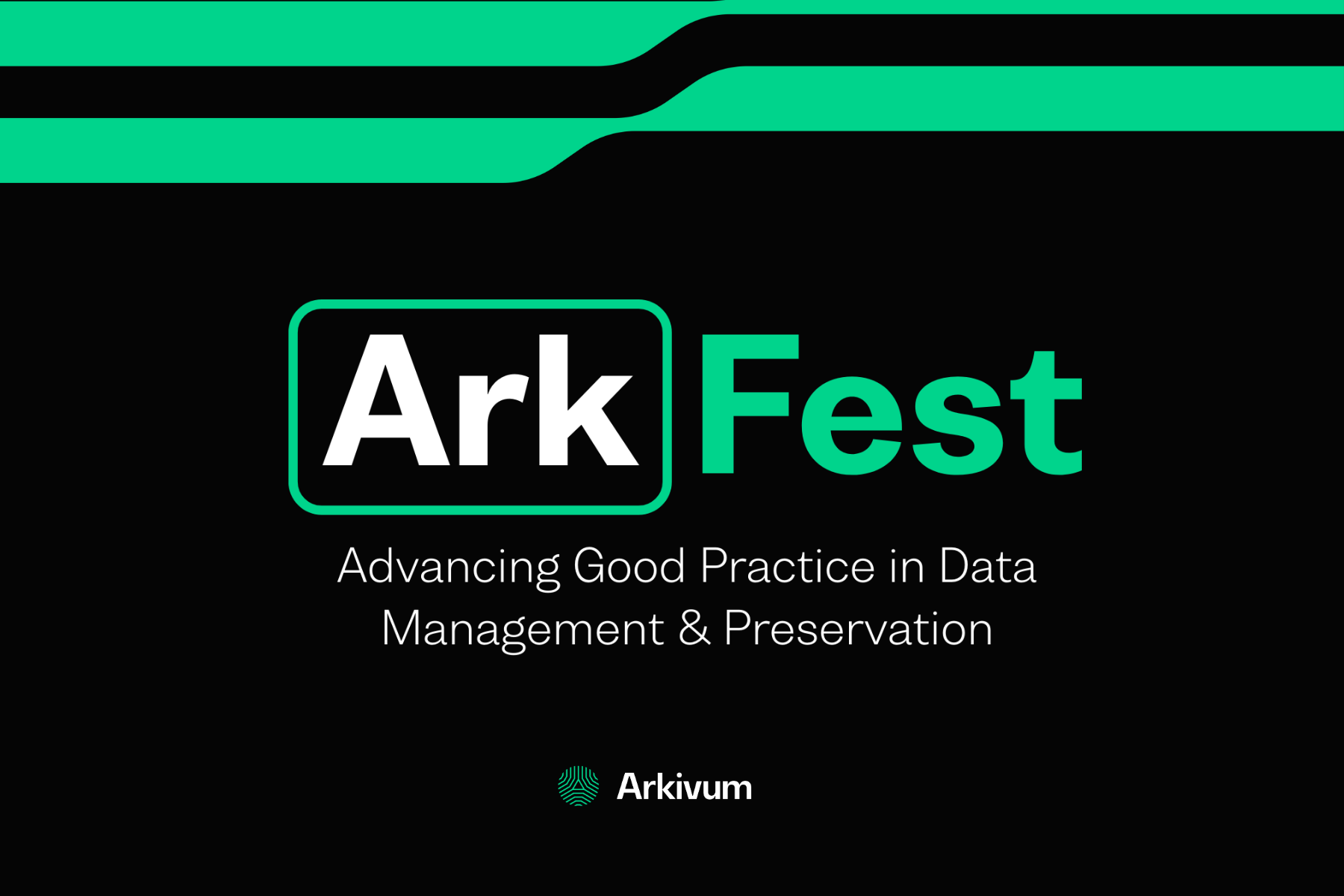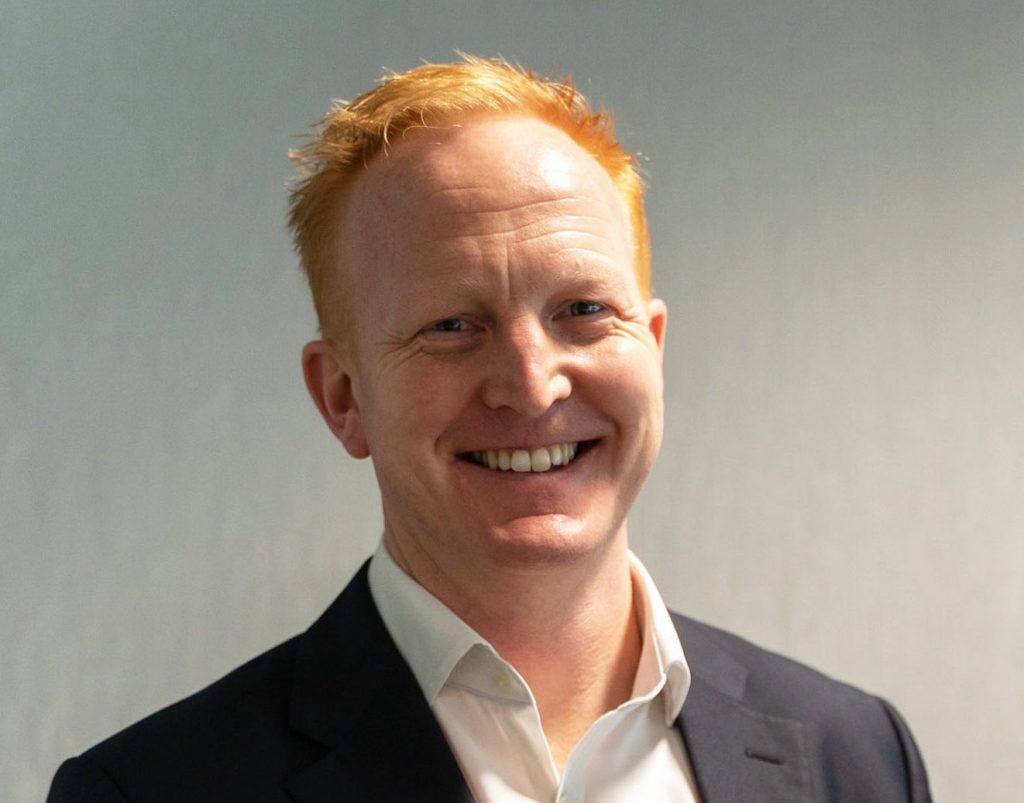Reflections from ArkFest 2025: 5 Key Takeaways

ArkFest 2025 brought the digital archiving and preservation community together for three days of insights, ideas, and inspiration. From practical challenges to future-facing strategies, the message was clear: it’s time to think smarter about how we manage and preserve our long-term digital assets.
Here are my five key takeaways from this year’s event.
1. Think archiving and preservation from the start, not the end
Too often, archiving is left as an afterthought. But speakers like Dawn Niccum and Suzanne Turner reminded us that proactive planning is key. Suzanne pointed out how common it is for organisations to miss this step, and Dawn emphasised building archiving strategies into processes from day one.
Taking archiving considerations into account early enables organisations to properly budget for long-term solutions, ensure those solutions are fit for purpose and ultimately avoids long term data becoming lost, inaccessible or locked into source systems.
2.Fit for purpose archive
Another standout message from ArkFest was the importance of having a fit-for-purpose system, which is aligned to organisations requirements. As digital ecosystems grow more complex, this principle becomes essential. It is often wrongly assumed that digital systems with an “archive” function guarantee the long-term integrity, accessibility and use of the data.
Arkivum’s Antonia Witten touched on this during her session on data migration, highlighting that one of the key reasons to migrate data is that source systems may no longer be fit for purpose (for example, many e-Clinical systems once a trial/study closes). In this example, ensuring data is preserved in a suitable, accessible environment is critical for compliance with retention regulations.
Katherine Chorley from The Macallan also brought this to life, showing how over 200 years of heritage is being transitioned from a file sharing platform to a long-term preservation platform ensuring that legacy is accessible for future use.
3.Consolidation is crucial to see the full picture
We can’t manage what we can’t see. Dawn Niccum demonstrated this brilliantly in her presentation, even running a live poll on where data ends up. The responses were eye-opening, with data stored across a wide range of locations: cloud sharing platforms, network drives and even physical boxes and filing cabinets. This fragmentation becomes a major obstacle when preparing for inspections, making it difficult to locate, verify, and present the necessary information. Cornelia Baumgartner brought this to life with her memorable “squirrel and acorns” analogy, when squirrels search for the acorns they’ve hidden, they typically retrieve only 74%, the rest are lost. Data is no different. Without consolidation, we risk losing key parts of the story.
4.The archivist role is more important and evolving
This was a theme close to home for many. Bob Thompson emphasised the growing significance of formalised archiving roles, especially as technology evolves. Suzanne Turner echoed the importance of clear responsibilities, emphasising the value of having someone own and shape the archive strategy. Finally, Ashley Avery highlighted this theme by running a Slido poll asking which department plays the most crucial role in archiving. While options included Clinical Operations, Quality Assurance, IT, and Legal, the audience overwhelmingly recognised the archivist as the key player. Ashley made it clear: while other departments support the process, it is the archivist who should lead it and be involved from the very beginning, not just brought in at the end. We must remember that it is not just a task it’s a profession.
5.There Is No Silver Bullet, Context Matters
Finally, a message that came through loud and clear: “It depends.” Whether it was the panel discussion, Jean-Maxime Pommery, Ombretta Finocchiaro or Sarah Hitching, in their sessions, the consensus was that every archiving situation is unique. That’s exactly where a risk-based approach comes in, it supports the “it depends” mindset by allowing organisations to evaluate each situation on its own merits. This includes understanding the long-term value of the data, the risks in relation to how long it needs to be kept and the impact if that data was no longer accessible, available or usable.
Sandra Blake from Barts Health NHS Trust also illustrated this perfectly in her session on retaining and preserving critical NHS records, where the long-term risks to the data were added to organisation’s risk register before submitting the business case to invest in long-term preservation.
One More Thing…
As CEO of Arkivum, it would be remiss of me not to mention Kateryna Oliinyk’s session from Galapagos. One of the most compelling moments for me came from her presentation, where she shared how a “quality by design” approach combined with Arkivum’s preservation solution led to significant cost savings and long-term value. Building a business case for investment in digital preservation can often be challenging, so being able to clearly quantify these savings was especially powerful. It was a timely reminder that the best outcomes often come from listening to our customers and taking a collaborative approach.
If you missed the live session at ArkFest 2025, the recorded presentations are available on-demand until the end of August. You can access them by registering here.
Thank you to all who contributed, attended, and inspired. We look forward to continuing the conversation.
Chris Sigley
CEO, Arkivum

Chris Sigley
Chris is the Chief Executive Officer at Arkivum. He joined the business in June 2020 to drive further growth across the business, both by capitalising on its established client base in higher education, culture and heritage and by gaining wider traction in sectors such as life sciences and pharmaceuticals, corporate, and scientific research.
Get in touch
Interested in finding out more? Click the link below to arrange a time with one of our experienced team members.
Book a demo